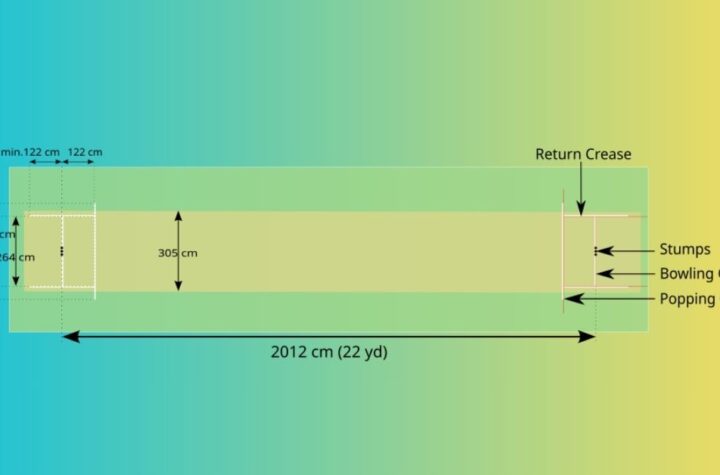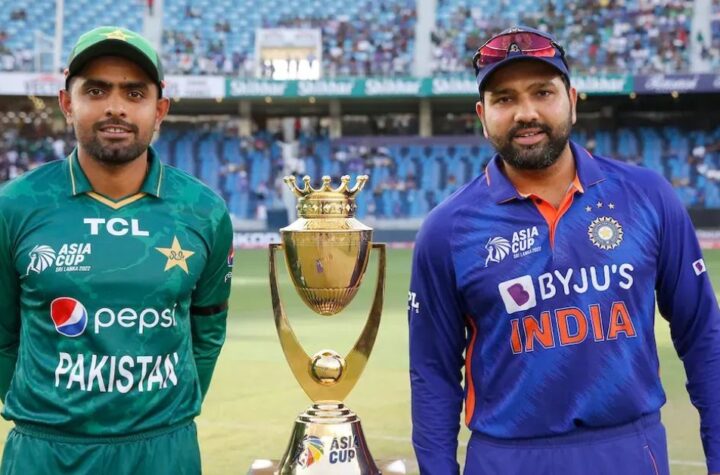
Established in 1974, Wankhede Stadium remains one of India’s premier cricket venues. This was where India celebrated their historic World Cup win in 2011, an occasion still remembered with pride today.
Mumbai’s Ground 68 is widely considered batting-friendly due to its square boundaries and surface which offers good carry. Furthermore, evening games also benefit from dew factor being added.
Boundaries in Meters
Wankhede Stadium in Mumbai is one of the world’s premier cricket grounds, hosting both the 2011 World Cup final and numerous Test matches and ODIs since its construction. It was named in honor of legendary Mumbai cricketer Sheshrao Wankhede; numerous renovations were done over time including major improvements completed in 1996 with bucket seats added – increasing capacity by more than 33,000 seats.
Wankhede Stadium’s pitch is generally conducive to batting, though spinners may find some help here as well. Constructed from red soil, batsmen will get plenty of bounce on it while its proximity to Arabian Sea allows a slight sea breeze that helps swing bowlers early on in a match; however, its pace tends to decrease over time.
Wankhede Stadium is located in Churchgate area of Mumbai and owned by Mumbai Cricket Association. As home for India Cricket’s Board of Control for Cricket tournaments including ICC World Cup matches and home to Mumbai Ranji team and Mumbai Indians in IPL league.
Square Boundaries
Wankhede Stadium is well-known for its batsman-friendly surface. The red soil provides plenty of bounce and carry, creating a batter’s paradise. Captains winning the toss here usually opt for bat first in an effort to take full advantage of it before it wears away with time. Plus, since it sits near the coast there’s often an accompanying sea breeze which aids fast bowlers even further!
Therefore, teams often score over 400 runs in their opening innings here. Unfortunately, the wicket is no longer as spin-friendly and provides little help for slow bowlers.
Mumbai Indians is an IPL powerhouse and this ground was where India celebrated their memorable World Cup win of 2011. That memory still brings prideful smiles back across India’s vast landmass.
Straight Boundaries
Wankhede Stadium is one of India’s premier cricket grounds and has played host to some of its highest-scoring matches over time. Thanks to its batting-friendly pitch and short square and straight boundaries, batsmen can quickly clear ropes to score runs, making this ground an excellent venue for teams looking to set ambitious targets or pursue tough ones.
Wankhede’s pitch is comprised of red soil from nearby, giving it extra bounce and making batting easier for batters. Teams often take the field attacking first innings; those chasing large totals have an excellent chance of overthrowing it with ease; but being situated so near to sea provides bowlers with additional help from wind in final sessions.
Wankhede pitches provide ideal conditions for fast bowlers, and also can benefit spinners if the dew factor is present. Jasprit Bumrah has proven himself particularly effective at Wankhede by bowling on length around 6-8 meters from the batting crease.
Wankhede Stadium is home of the Mumbai Indians, an IPL team which has won multiple Ranji Trophy titles over time and made their World Cup debut. A formidable force within Indian Premier League (IPL), they will look to continue their winning ways when facing New Zealand at this iconic stadium.
Also read; M. Chinnaswamy Stadium Pitch Report
Bowling Ends
Wankhede Stadium is one of the premier venues for Indian cricket, having witnessed some of its greatest moments – such as MS Dhoni’s record-breaking six against South Africa in 2010. Situated in Mumbai and capable of seating over 33,000 passionate supporters at once, its grounds consist of several stands such as Sunil Gavaskar Stand, North Stand, Tata End, and Garware Pavilion End.
Wankhede Stadium’s pitch is known for being batsmen-friendly, made up of red soil that offers batsmen good bounce. Being near to sea also ensures there will be dew on early in the day that benefits bowlers – especially swing bowlers.
Spinners will find it more difficult than usual to extract enough spin in the opening innings, prompting teams to bat first when winning the toss.
Washington Sundar will look to carry his impressive performance against New Zealand into this Test match. He bowled well in that game, supported by Kuldeep Yadav and Jadeja. Sundar should look to limit India’s batting attempts and enable India to build up a big total which can give them a chance at reaching the target in their last innings.





More Stories
How Many Creases Are There In Cricket?
India National Cricket Team Vs England Cricket Team Timeline
India National Cricket Team Vs England Cricket Team Match Scorecard